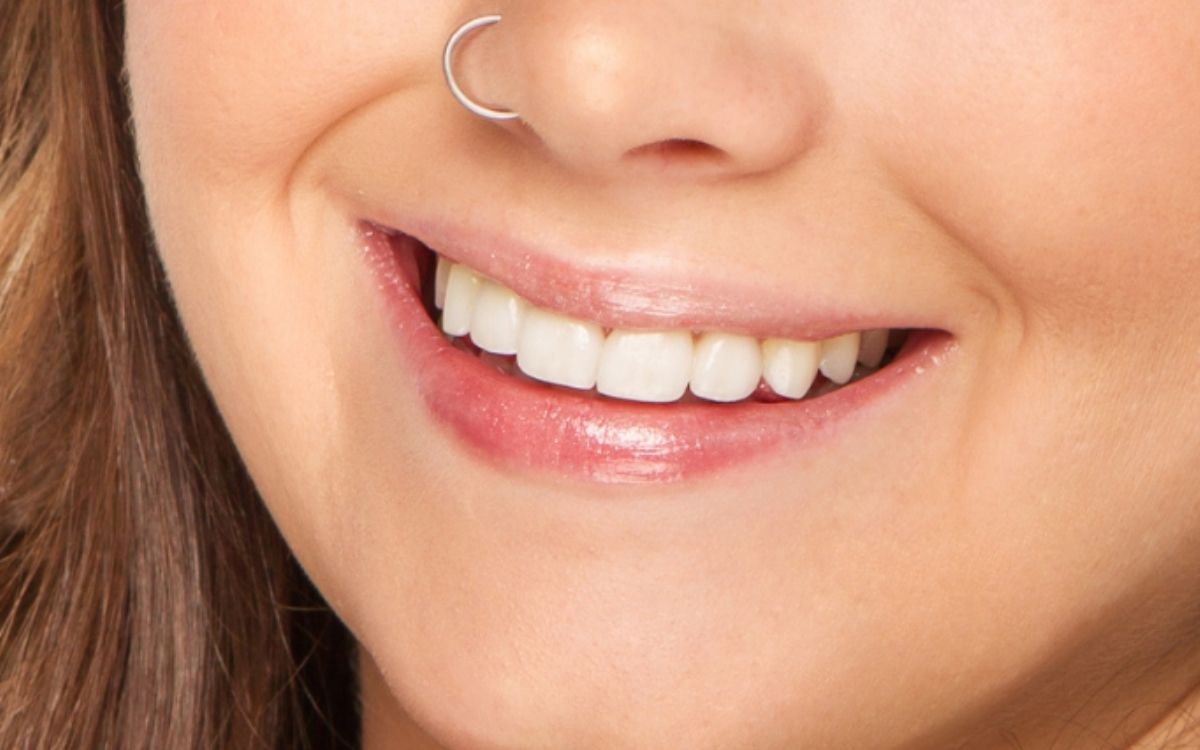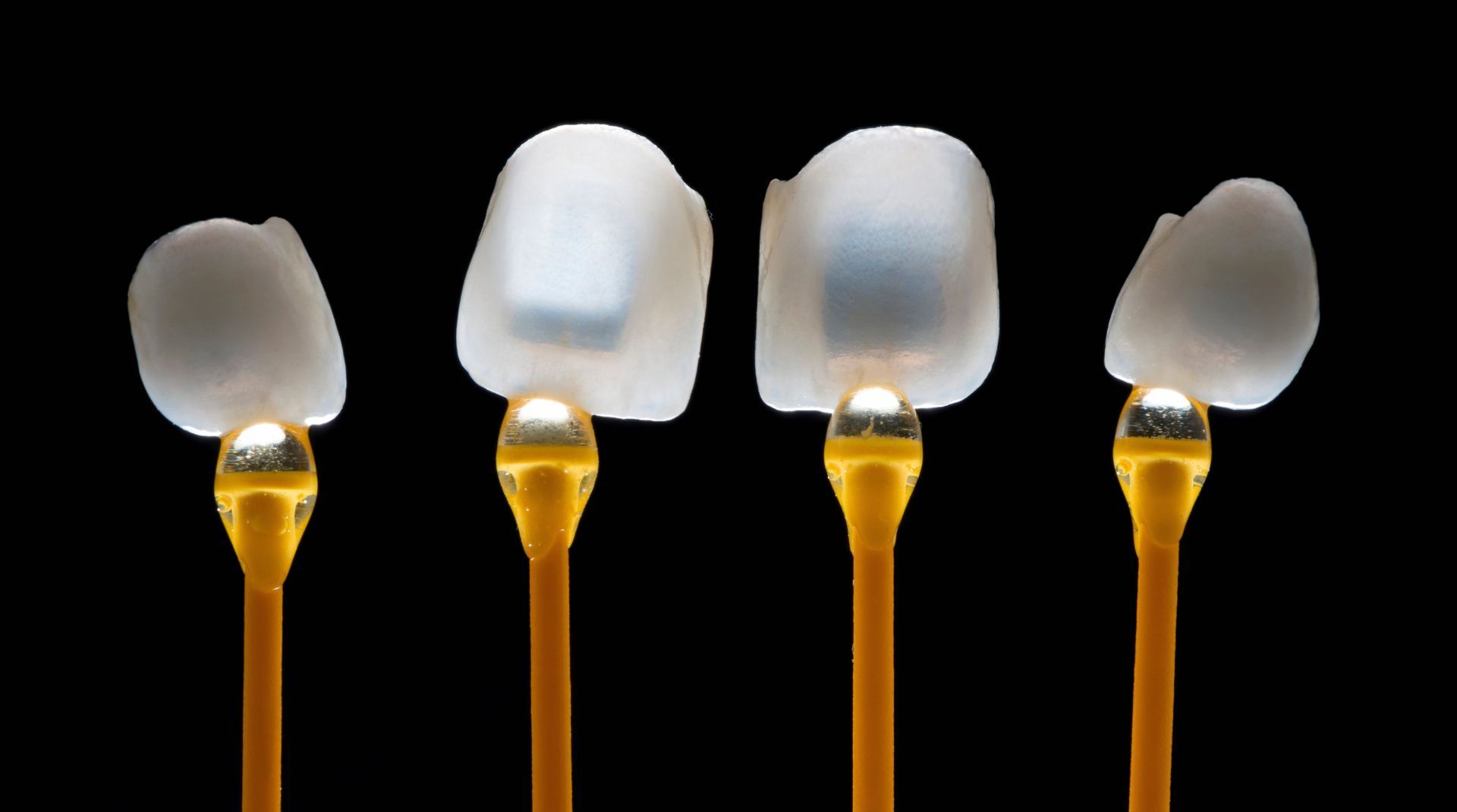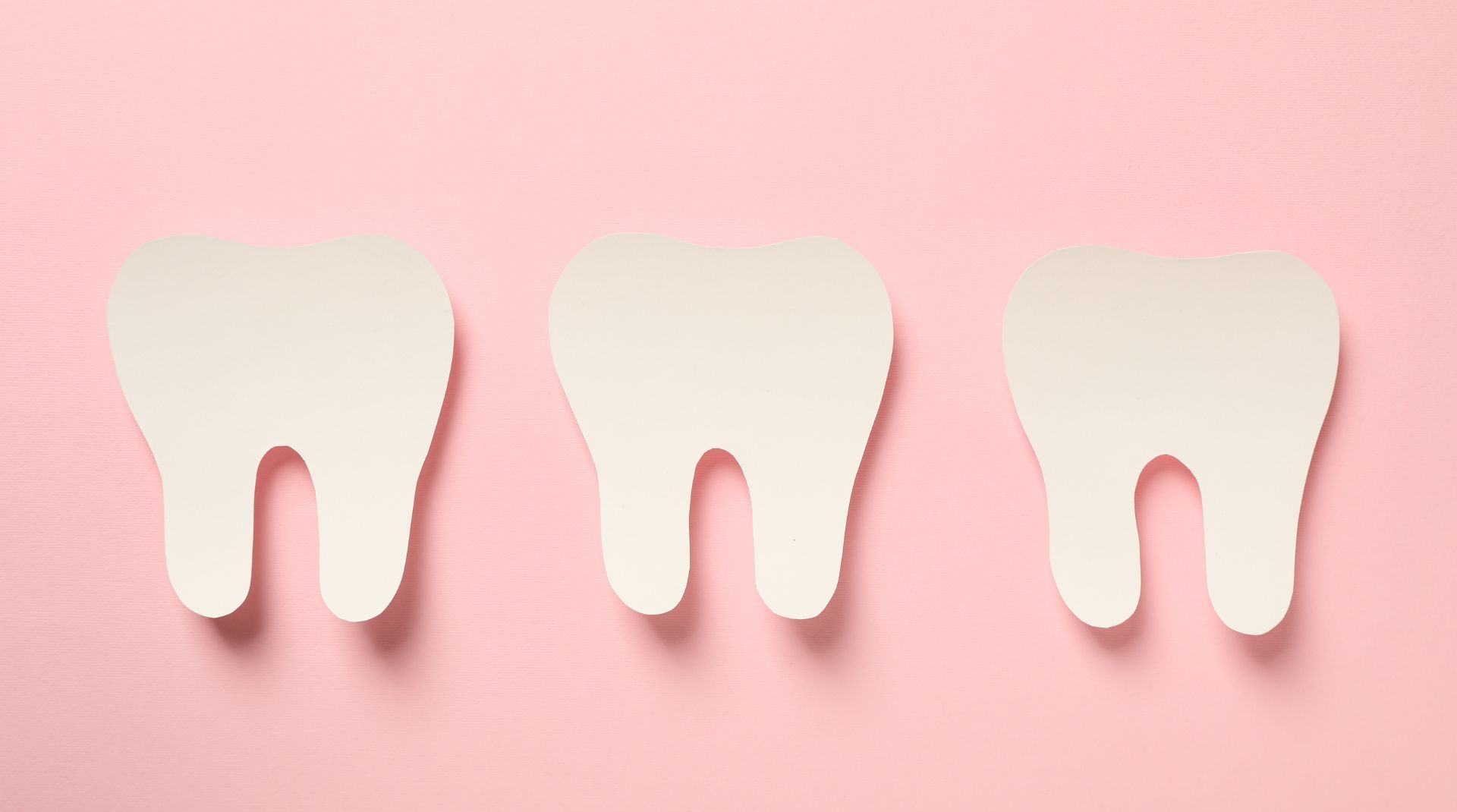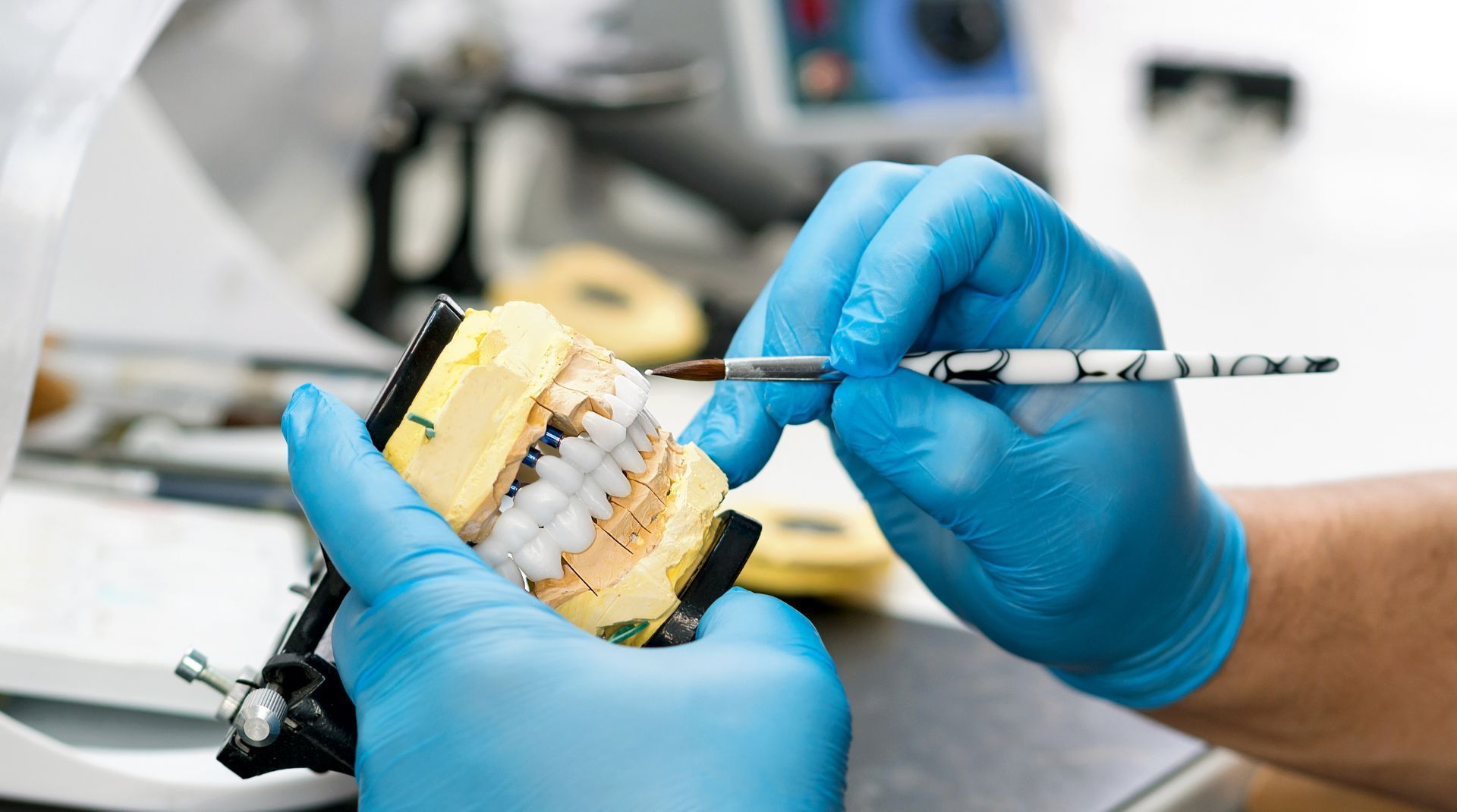Tooth Sensitivity After Dental Work
By Dr. Taylor Workman • September 23, 2025

It’s not unusual to have some sensitivity after dental work — whether a filling, crown, inlay, or other procedure. But how much is “normal,” how long should it last, and when should you worry? This article walks through causes, timeline, and remedies (and when to call your dentist).
Why Dental Work Often Leads to Sensitivity
After restorative work, sensitivity can arise due to:
- Dentin exposure / tubule irritation: Deeper work closer to the pulp can stimulate nerves.
- Bonding / cementation stress: Some adhesives, cements, or prep procedures can irritate the pulp transiently.
- Thermal/mechanical stress: Hot/cold foods, chewing forces on a new restoration.
- Microleakage or poor seal: If marginal adaptation isn’t ideal, fluids can move in tubules, triggering discomfort.
- Excessive occlusal load / high spot: If the new restoration hits too early, extra stress causes sensitivity.
Typical Timeline & What’s Normal
- Mild sensitivity for a few days is common (cold especially).
- Gradual improvement over 1–2 weeks is typical.
- Sensitivity should lessen over time, not worsen.
- If sensitivity persists beyond ~3–4 weeks, or gets worse (especially spontaneous, throbbing pain), that may signal a problem.
When Sensitivity Is a Warning Sign
Watch for:
- Sharp, persistent pain (not just with stimulus).
- Pain waking you at night.
- Sensitivity to cold or hot that lingers long (>30 seconds after stimulus).
- Swelling, gum pain, or signs of infection.
- Discomfort on biting (may suggest microcracks or high occlusion).
These could hint at pulpitis or need for further work (e.g. a root canal).
Remedies & Management Strategies
- Gentle brushing + desensitizing toothpaste: Use a non-abrasive, potassium nitrate or strontium-based formula.
- Avoid extreme stimuli temporarily: Very hot, cold, acidic, or crunchy foods.
- Topical desensitizers / varnishes: Your dentist may apply fluoride varnish or bonding agents to seal open tubules.
- Check and refine occlusion: If the restoration is too high, adjusting bite can relieve stress.
- Use a mild NSAID (if safe) for discomfort: Per doctor/dentist’s recommendation.
- Wait and monitor carefully.
Prevention Tips for Dentists (and Things to Ask)
- Ensure good isolation (moisture control) during bonding.
- Use proper bonding techniques and gentle handling of dentin.
- Avoid over-drying or over-wetting dentin prior to bonding.
- Stepwise layering/curing to minimize polymerization stress.
- Try to avoid deep preparation that too closely approaches pulp when possible.
- Check occlusion before finishing to avoid high spots.
What to Ask Your Dentist If You’re Experiencing Sensitivity
- Is the restoration too high / does my bite need adjustment?
- Can you apply a desensitizing agent or varnish?
- Is this sensitivity within normal expectations, or should we monitor it closely?
- How long should I expect discomfort to persist?
- If symptoms worsen, what tests would you run?
Conclusion
Some sensitivity after dental work is often expected, but it should gradually fade. Persistent, worsening, or spontaneous aches are not normal and merit follow-up. With careful technique, good materials, and prompt adjustments, most patients experience minimal discomfort and stable outcomes.
Insights to fuel your marketing business
Sign up to get industry insights, trends, and more in your inbox.
Contact Us
We will get back to you as soon as possible.
Please try again later.
SHARE THIS







